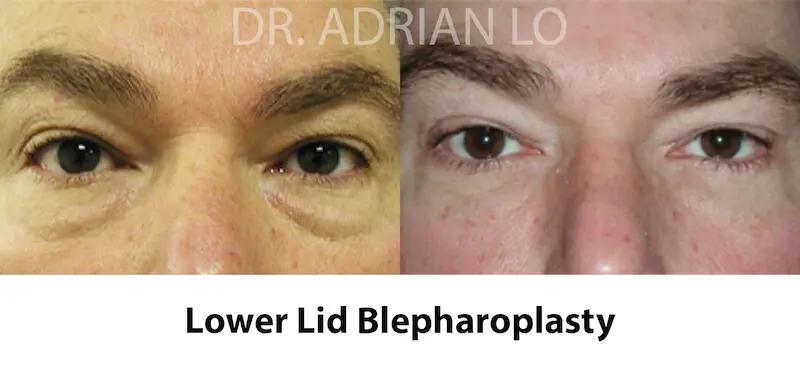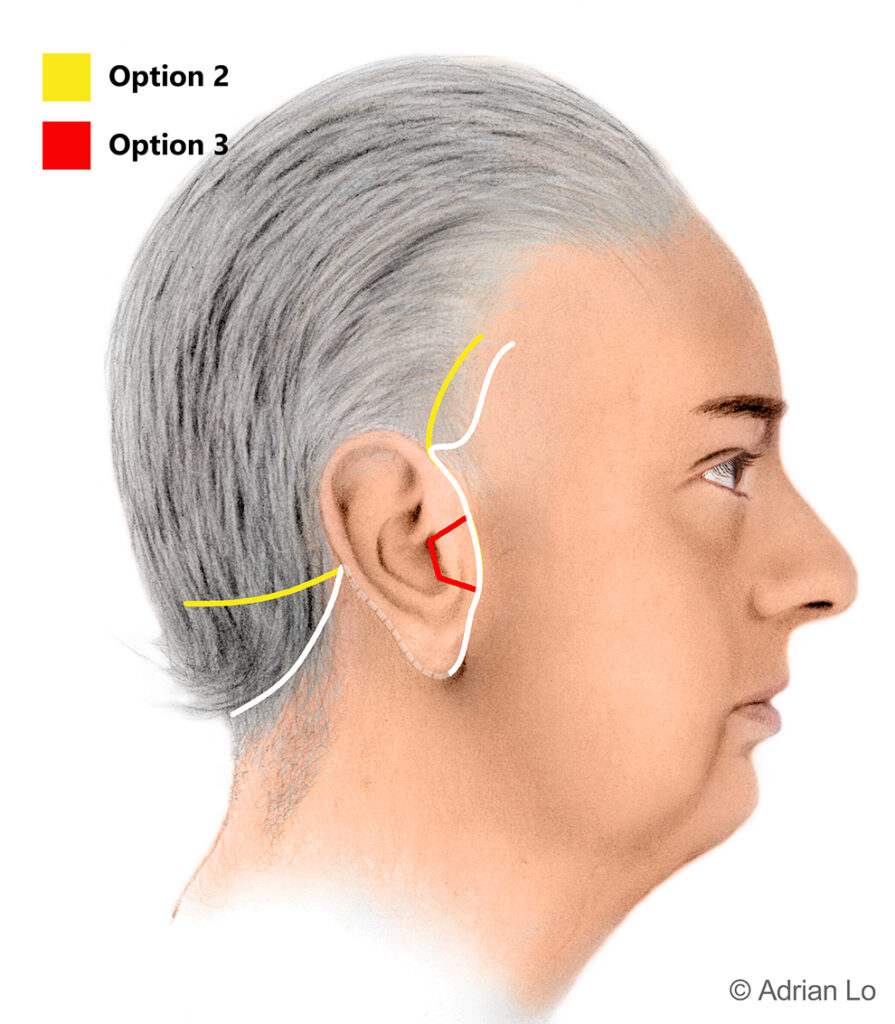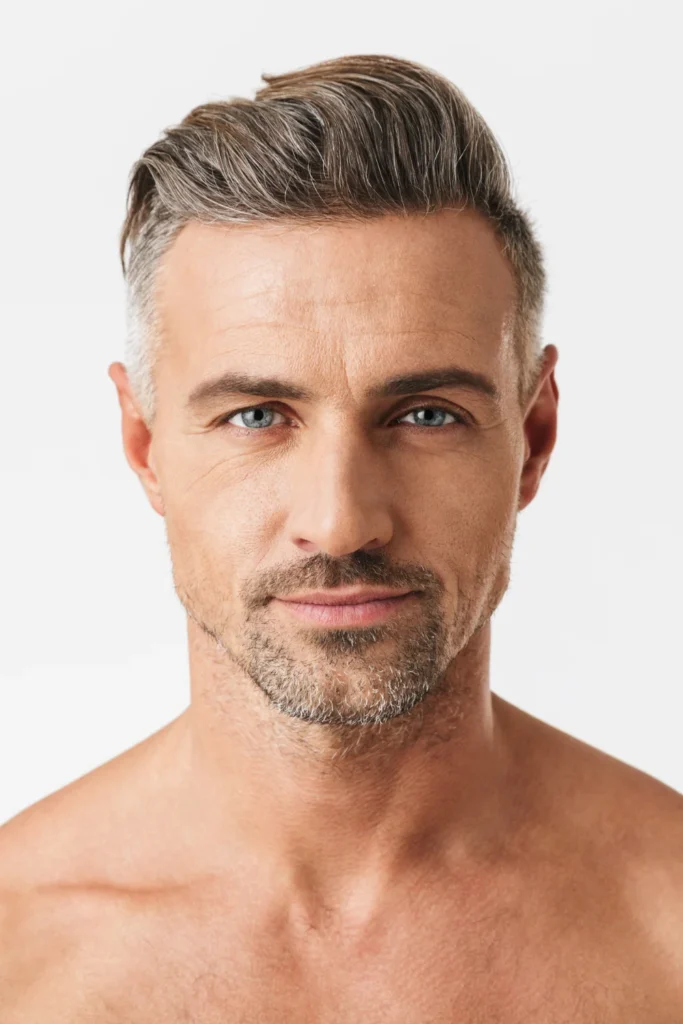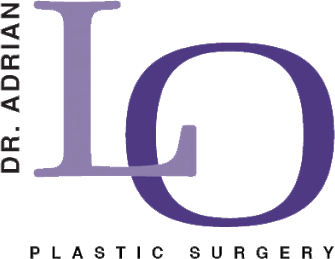Looking energized and confident matters in both professional and personal life. While aging is natural, many men choose to maintain their strong facial features and defined jawline through facelift surgery.
A men’s facelift can help restore the sharp, masculine contours that time gradually softens. This specialized procedure addresses common concerns such as sagging neck tissue, undefined jawlines, and deep facial folds — helping you look as refreshed and energetic as you feel.
Modern techniques address the specific ways men age, from heavy jowls to turkey neck appearance. The result of a men’s facelift is a refreshed, powerful look that commands respect in boardrooms and social settings.
Importance of Facial Aesthetics for Men
A refreshed facial appearance can boost confidence in both personal and professional settings.
Male facelift procedures have grown significantly in popularity over the past decade. This shift reflects changing attitudes about cosmetic surgery for men and the recognition that maintaining a youthful appearance benefits career advancement and personal relationships.
The benefits of facial rejuvenation extend beyond appearance. Men who undergo facelift surgery often report increased self-confidence, improved mood, and greater satisfaction with their overall quality of life. These improvements can positively impact relationships, career performance, and general well-being.
Differences Between Men’s and Women’s Facelifts
Men’s facial anatomy requires specialized techniques that differ from women’s procedures. Male skin is typically thicker and has different elasticity properties. The underlying muscle structure also varies, requiring different surgical approaches to achieve natural-looking results.
Hairline considerations play an important role in men’s facelifts. Plastic surgeons must carefully plan incision placement to avoid disrupting natural hair patterns or creating visible scars. Another difference is that the beard pattern must be considered during the men’s facelift procedure. The goal is to maintain or enhance masculine features with natural looking results while reducing signs of aging.
Recovery patterns also differ between men and women. Men often experience more swelling and bruising due to thicker skin and different healing responses. However, men’s thicker skin often contains more collagen which may also provide better support for long-term results, potentially extending the longevity of the procedure’s benefits.
Key Concerns Addressed by a Men’s Facelift
Improving Sagging Jowls
Sagging jowls represent one of the most common concerns among men seeking facial rejuvenation. These develop when skin loses elasticity and underlying muscles weaken with age. The result is a heavy, tired appearance that can make men look older than they feel.
A men’s facelift addresses jowls by repositioning underlying tissues and removing excess skin. The procedure restores a more defined jawline, creating a stronger, more masculine appearance. This improvement often has dramatic effects on overall facial aesthetics.
The surgical technique for jowl correction involves carefully lifting and tightening the deeper facial structures called the SMAS layer. This approach provides longer-lasting results compared to skin-only procedures. The goal is to create a natural-looking improvement that enhances masculine features without appearing overpulled.
Enhancing Cheek Definition
Loss of cheek volume and definition is another significant concern for aging men. As facial fat pads descend and muscle tone decreases, the mid-face can appear hollow or gaunt. This creates an aged, tired appearance that affects overall facial harmony.
Benefits of a facelift for men include restoration of cheek prominence and improved facial contours. The procedure can reposition sagging tissues and restore volume to create a more youthful, energetic appearance.
The surgical approach to cheek enhancement involves lifting and repositioning the underlying SMAS layer to enhance facial volume. This technique provides more natural and longer-lasting results than temporary fillers or other non-surgical treatments.
Correcting a Turkey Neck Appearance
The “turkey neck” appearance develops when neck skin becomes loose and muscles lose tone. This condition can make men appear significantly older and less fit than they actually are. It often occurs even in men who maintain good physical condition.
A men’s facelift includes neck rejuvenation techniques that address loose skin and muscle laxity. The procedure can dramatically improve the neck contour, creating a more defined and youthful appearance. This improvement often extends the benefits of the facelift to the entire profile.
The surgical correction involves making an incision underneath the chin to tighten underlying neck muscles. The neck skin is pulled backwards behind the ear and the excess neck skin is removed. This comprehensive approach ensures that the neck area matches the facial rejuvenation, creating harmonious results throughout the treatment area.
Eye Area Enhancements During a Face Lift
Lower Blepharoplasty: Addressing Puffy Lower Eyelids
Puffy lower eyelids can make men appear tired, stressed, or older than their actual age. This condition often develops gradually, making it difficult for men to recognize how significantly it affects their appearance. The fat bulges protrude and often worsen with age.

When combined with a facelift, lower eyelid surgery provides a comprehensive facial rejuvenation approach. The procedure removes excess skin and fat, creating a more alert and youthful appearance. This enhancement often has dramatic effects on overall facial aesthetics.
The surgical technique involves careful removal of excess skin and fat while preserving natural eye shape and function. The goal is to create a refreshed appearance that maintains masculine characteristics and avoids an overcorrected look.
Related: Lower Blepharoplasty: Before and After
Upper Blepharoplasty: Removing Excess Skin from the Upper Lid
Upper eyelid skin excess commonly affects men as they age. This condition can create a hooded appearance that makes eyes appear smaller and less expressive. It can also contribute to a tired or aged overall appearance.
The surgical correction involves careful removal of excess skin while preserving muscle function and natural lid contours. The removal of the excess skin results in eyes that appear more open and youthful while maintaining a natural, masculine appearance.

Recovery from upper eyelid surgery is typically faster than other facial procedures. Most men can return to work within a week, though some swelling and bruising may persist for several weeks. Upper blepharoplasty results often exceed patient expectations in terms of overall facial improvement.
Brow Lift: Lifting Droopy Brows for a Youthful Look
Drooping brows can significantly impact a man’s appearance, creating a stern, tired, or aged expression. This condition often develops gradually, making it difficult to recognize how much it affects overall facial aesthetics. Brow position plays an important role in masculine facial features.
Brow lift techniques can be incorporated into a comprehensive facelift procedure. The goal is to restore a more lifted normal brow position while maintaining masculine characteristics. This enhancement often improves both appearance and function.
The surgical approach varies depending on individual anatomy and desired outcomes. Techniques range from minimal incision methods to more comprehensive procedures that address multiple areas simultaneously. The choice depends on the extent of the saggy or droopy brows and patient goals.
Related: What is a Browlift?
The Surgical Process of a Men’s Facelift
Anesthesia Options: Local vs. General
Anesthesia selection depends on the extent of the procedure and patient preferences. Local anesthesia with sedation works well for less extensive procedures, while general anesthesia is preferred for comprehensive facelifts. The choice affects both comfort during surgery and recovery experience.
Local anesthesia offers several advantages, including faster recovery and reduced risk of complications. However, it requires patient cooperation and may not be suitable for extensive procedures. General anesthesia allows complete patient comfort and allows the surgeon the ability to perform more complex corrections.
The plastic surgeon will discuss anesthesia options during consultation, considering medical history, procedure extent, and patient preferences. The goal is to ensure safety and comfort throughout the surgical experience.
Incision Techniques for Minimal Scarring
Modern facelift techniques focus on minimizing visible scarring while achieving optimal results. Incision placement considers natural skin folds around the ear, sideburns, back of the neck hairline patterns, and individual anatomy. The goal is to hide scars in inconspicuous locations.

Common incision patterns include:
- Traditional facelift approach with extended incisions
- Mini facelift with shorter incision lengths
- Short-scar techniques for limited correction
- Endoscopic methods using multiple small incisions
Each approach offers different advantages depending on patient anatomy and goals. The plastic surgeon selects the most appropriate technique based on individual needs and desired outcomes. Proper incision planning and surgical technique are important for maximizing results while minimizing scarring.
Recovery Duration and What to Expect
Recovery after a male facelift typically takes several weeks, with most men returning to work within 10 to 14 days. Initial swelling and bruising are normal and gradually subside over the first few weeks. Complete healing can take several months.
The first week involves the most significant discomfort and activity restrictions. Patients must avoid strenuous activities and follow specific post-op care instructions. Most men find that pain is manageable with prescribed medications and proper rest.
Gradual improvement continues for several months as swelling subsides and tissues settle into their new position. The final results become apparent around six months post-surgery, though improvement is visible much earlier in the recovery process.
Preparing for Your Men’s Facelift
Pre-Surgery Consultations
A thorough consultation is needed for successful facelift outcomes. During these meetings, the plastic surgeon evaluates facial anatomy, discusses goals, and explains available options. Multiple consultations may be necessary to ensure complete understanding and realistic expectations.
Medical history review is an important component of pre-surgical planning. Certain medical conditions and medications can affect surgical outcomes and healing. Complete disclosure of health information ensures the safest possible surgical experience.
Photo documentation helps track progress and plan surgical approaches. Computer imaging may be used to demonstrate potential outcomes, though results cannot be guaranteed. These tools help ensure clear communication between patient and plastic surgeon.
Lifestyle Adjustments Before Surgery
Pre-operative lifestyle modifications can significantly impact surgical outcomes and recovery. Smoking and nicotine cessation is absolutely required, as nicotine impairs healing and increases complication risks. Most plastic surgeons require nicotine cessation at least two weeks before surgery and throughout the post-operative recovery period.
Nutrition optimization supports healing and recovery. A balanced diet rich in protein, vitamins, and minerals provides the building blocks for tissue repair. Adequate hydration is also important for optimal healing.
Exercise modifications are necessary in the weeks leading up to surgery. While maintaining fitness is important, intense activities should be avoided immediately before surgery. The plastic surgeon will provide specific guidelines based on individual circumstances.
Medications to Avoid Prior to Surgery
Certain medications and supplements can increase bleeding risk and should be avoided before surgery. These include:
- Aspirin and aspirin-containing products
- Anti-inflammatory drugs like ibuprofen
- Blood-thinning medications
- Various protein and herbal supplements
A complete list will be provided during consultation. Blood-thinning medications require special consideration and possible adjustment. Patients should not stop prescribed medications without consulting their prescribing physician and plastic surgeon.
Vitamin E, fish oil, and many protein and herbal supplements can affect blood clotting and should be discontinued before surgery. Even over-the-counter supplements can have significant effects on surgical outcomes and healing so it is always best to bring a list of all medications with you to your consultation to discuss with your plastic surgeon.
Men’s Facelift Post-Operative Care and Recovery

Managing Pain and Discomfort
Post-operative pain management is carefully planned to ensure comfort while promoting healing. Prescription pain medications are typically provided for the first few days, with gradual transition to over-the-counter options as healing progresses.
Ice application around the cheek area during the first 48 hours helps reduce swelling and discomfort. Proper application techniques and timing are important for maximum benefit. Heat should be avoided during the initial healing phase.
Head elevation during sleep helps minimize swelling and promotes comfort. Most patients find that sleeping in a recliner or with multiple pillows works well during the first week. Proper positioning can significantly impact recovery comfort.
Importance of Follow-Up Appointments
Regular follow-up appointments are needed for monitoring healing progress and addressing any concerns. These visits allow the plastic surgeon to assess recovery and provide guidance for optimal outcomes.
Early follow-up visits focus on incision healing and immediate post-operative concerns. Later appointments assess long-term results and address any questions about maintenance or additional procedures. Each visit provides valuable information about recovery progress.
Any unusual symptoms or concerns should be reported immediately, regardless of scheduled appointment timing. Early intervention can prevent complications and ensure the best possible outcomes. Open communication with the surgical team is needed.
Guidelines for Resuming Daily Activities
Activity restrictions are gradually lifted as healing progresses. Most men can return to desk work within 10 to 14 days, though some modifications may be necessary. Physical appearance continues to improve throughout the recovery period.
Exercise typically begins 3 to 4 weeks after surgery. The plastic surgeon will provide specific guidelines based on individual healing progress. Premature return to strenuous activity can compromise results.
Social activities can usually be resumed within 2 to 3 weeks, though some residual swelling and bruising may be present. Makeup techniques can help conceal temporary discoloration for men who are comfortable using these products.
Long-Term Results of a Men’s Facelift
Maintaining a Youthful Appearance
Long-term facelift results depend on various factors, including genetics, lifestyle, and skin care practices. While the aging process continues, men typically maintain significant improvement for 10 to 15 years or longer. The investment in facial rejuvenation provides lasting benefits.
Sun protection is important for maintaining results and preventing premature aging. Daily sunscreen use, wearing hats and sunglasses help preserve the surgical improvements. UV damage can accelerate aging and compromise long-term outcomes.
Healthy lifestyle choices support long-term results and overall well-being. Regular exercise, proper nutrition, and adequate sleep contribute to healthy aging and help maintain the benefits of facial rejuvenation.
The Role of Skincare After a Men’s Facelift Surgery
Men’s skin care after surgery plays a vital role in maintaining results and promoting healthy aging. A consistent skincare routine helps preserve the improvements achieved through surgery. Professional guidance ensures appropriate product selection and application techniques.
Moisturizing is particularly important for men, as male skin tends to be oilier but can become dry after surgery. Quality moisturizers help maintain skin health and appearance. The daily use of sunblock 30 SPF or higher is strongly recommended. Professional-grade products often provide superior results compared to over-the-counter alternatives.
Additionally, it is important to understand that procedures including laser skin resurfacing, microneedling with radiofrequency, collagen stimulators, and medical grade skin care products may be recommended to achieve optimal outcomes.
Non-surgical face lift options for men can complement facelift results and extend their longevity. These may include advanced skincare products, neuromodulators and fillers, intense pulsed light treatment, laser skin resurfacing, and minimally invasive procedures such as Sofwave. The plastic surgeon can recommend appropriate maintenance strategies.
Understanding Changes Over Time
Aging will continue after facelift surgery, but from an improved baseline. Men typically age more gracefully after facial rejuvenation, maintaining a more youthful appearance than they would have without surgery. Understanding this process helps set realistic long-term expectations.
Comparing facelift techniques for men reveals that different approaches offer varying longevity and maintenance requirements. The choice of technique affects both immediate results and long-term outcomes. Discussion of these factors occurs during consultation and a proposed surgical plan that will meet your aesthetic goals will be discussed.
Men’s facial rejuvenation techniques continue to evolve, offering improved outcomes and reduced recovery times. Staying informed about advances in the field helps patients make educated decisions about maintenance and potential future procedures.
Get Expert Guidance for Your Men’s Facelift Journey. Contact Dr. Adrian Lo for a Comprehensive Evaluation
Dr. Adrian Lo brings extensive experience in male facial rejuvenation to patients throughout Pennsylvania, New Jersey, and Delaware. His specialized approach recognizes the unique requirements of men’s facial anatomy and aging patterns.
Contact us today to schedule your consultation and begin your journey toward a rejuvenated and energetic appearance.
